Intro
Relieve lower back pain with 5 expert tips, including exercises, stretches, and lifestyle changes to alleviate sciatica, herniated discs, and spinal strain, promoting a healthier back and improved posture.
Lower back pain is a common complaint that affects millions of people worldwide. It can be caused by a variety of factors, including poor posture, muscle strain, and underlying medical conditions. Living with lower back pain can be debilitating, making everyday activities a challenge. However, there are several tips and strategies that can help alleviate lower back pain and improve overall well-being. In this article, we will explore five tips for managing lower back pain, including exercises, lifestyle changes, and alternative therapies.
Lower back pain can be acute or chronic, and its severity can range from mild to severe. Acute lower back pain is typically caused by a sudden injury or strain, while chronic lower back pain is ongoing and can be caused by a variety of factors, including poor posture, muscle imbalances, and underlying medical conditions. Regardless of the cause, lower back pain can have a significant impact on daily life, making it essential to find effective ways to manage and alleviate it.
The importance of managing lower back pain cannot be overstated. Not only can it improve overall quality of life, but it can also reduce the risk of developing chronic pain and other related conditions. By incorporating simple exercises, lifestyle changes, and alternative therapies into daily routine, individuals can take control of their lower back health and reduce their reliance on pain medication. In the following sections, we will delve into five tips for managing lower back pain, providing a comprehensive guide for individuals seeking to alleviate their symptoms and improve their overall well-being.
Understanding Lower Back Pain
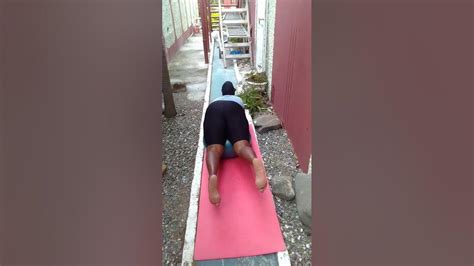
Causes of Lower Back Pain
The causes of lower back pain can be divided into two main categories: mechanical and non-mechanical. Mechanical causes of lower back pain include muscle strain, poor posture, and injuries, while non-mechanical causes include underlying medical conditions, such as arthritis and fibromyalgia. Understanding the underlying cause of lower back pain is essential for developing effective management strategies, as different causes require different approaches.Tip 1: Exercise Regularly

Benefits of Exercise
The benefits of exercise for lower back pain management are numerous. Exercise can help reduce pain, improve function, and enhance overall well-being. Regular exercise can also help reduce the risk of developing chronic pain and other related conditions. Additionally, exercise can help improve sleep quality, reduce stress, and boost mood. By incorporating exercise into daily routine, individuals can take control of their lower back health and reduce their reliance on pain medication.Tip 2: Maintain Good Posture
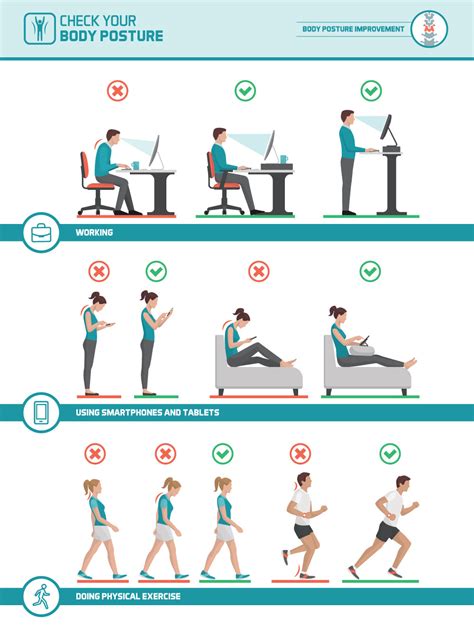
Importance of Good Posture
Good posture is essential for reducing lower back pain and improving overall well-being. Poor posture can lead to a range of problems, including back pain, headaches, and fatigue. By maintaining good posture, individuals can reduce the risk of developing these problems and improve their overall quality of life. Additionally, good posture can help improve confidence and self-esteem, as it can make individuals feel more confident and capable.Tip 3: Manage Stress
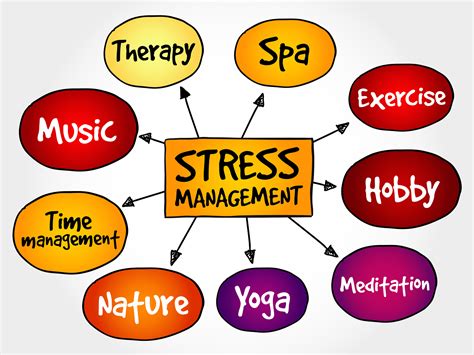
Benefits of Stress Management
The benefits of stress management for lower back pain are numerous. By reducing stress, individuals can reduce muscle tension, promote relaxation, and improve overall well-being. Stress management can also help improve sleep quality, reduce anxiety, and boost mood. Additionally, stress management can help improve relationships and overall quality of life, as it can make individuals feel more calm and capable.Tip 4: Improve Sleep
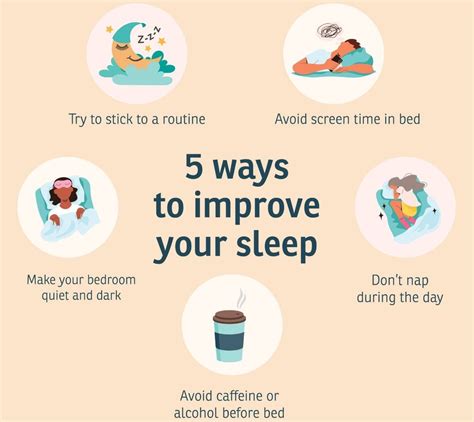
Importance of Sleep
Sleep is essential for overall health and well-being, as it can help reduce pain, improve function, and enhance mood. Poor sleep can lead to a range of problems, including back pain, fatigue, and decreased productivity. By improving sleep, individuals can reduce the risk of developing these problems and improve their overall quality of life. Additionally, sleep can help improve cognitive function, boost immune function, and reduce inflammation.Tip 5: Consider Alternative Therapies
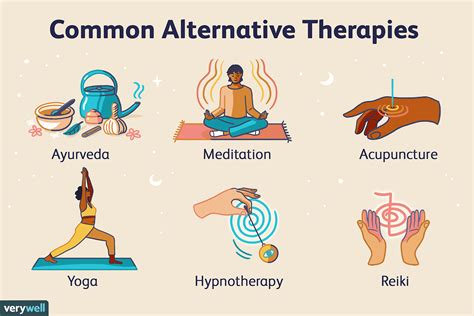
Benefits of Alternative Therapies
The benefits of alternative therapies for lower back pain are numerous. These therapies can help reduce pain, improve function, and enhance overall well-being. Alternative therapies can also help reduce the risk of developing chronic pain and other related conditions, as they can promote relaxation, reduce stress, and improve sleep quality. Additionally, alternative therapies can help improve overall quality of life, as they can make individuals feel more calm, capable, and confident.What are the most common causes of lower back pain?
+The most common causes of lower back pain include muscle strain, poor posture, and underlying medical conditions, such as arthritis and fibromyalgia.
How can exercise help alleviate lower back pain?
+Exercise can help alleviate lower back pain by strengthening the muscles in the lower back, improving flexibility, and reducing pain. Regular exercise can also help reduce the risk of developing chronic pain and other related conditions.
What are some effective stress management techniques for reducing lower back pain?
+Effective stress management techniques for reducing lower back pain include meditation, deep breathing, and exercise. These techniques can help reduce muscle tension, promote relaxation, and improve overall well-being.
How can improving sleep help alleviate lower back pain?
+Improving sleep can help alleviate lower back pain by reducing pain, improving function, and enhancing overall well-being. Poor sleep can exacerbate underlying conditions, reduce pain tolerance, and increase stress.
What are some alternative therapies that can help manage lower back pain?
+Alternative therapies that can help manage lower back pain include acupuncture, massage, and chiropractic care. These therapies can help reduce pain, improve function, and enhance overall well-being.
In conclusion, managing lower back pain requires a comprehensive approach that incorporates exercise, lifestyle changes, and alternative therapies. By following the five tips outlined in this article, individuals can take control of their lower back health and reduce their reliance on pain medication. Remember to always consult with a healthcare professional before starting any new exercise or therapy program. We invite you to share your experiences and tips for managing lower back pain in the comments below. Additionally, if you found this article helpful, please share it with others who may be struggling with lower back pain. Together, we can work towards reducing the burden of lower back pain and improving overall well-being.
